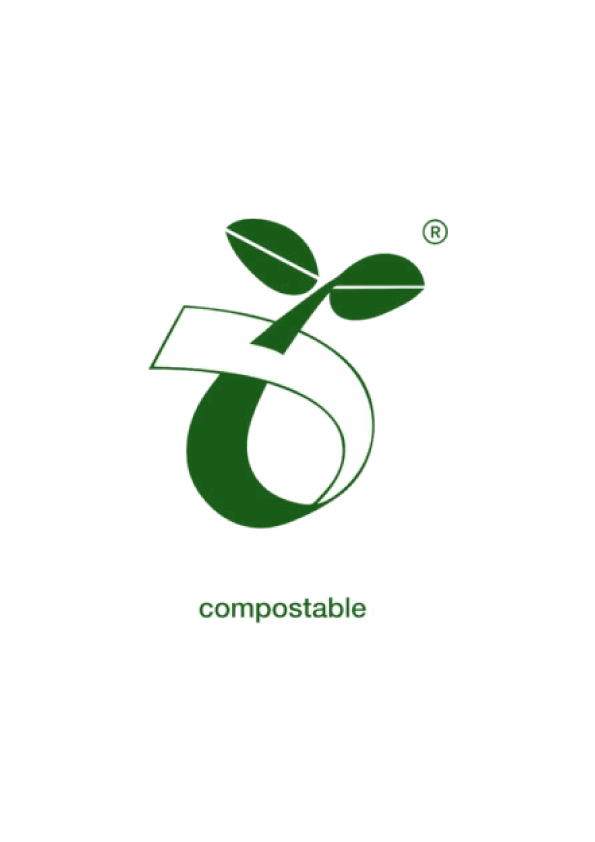
Discard in the biowaste bin for anaerobic digestion or industrial composting
Biowaste is all food waste and other natural biodegradable waste. There are two key ways to treat this waste: anaerobic digestion and composting. These two techniques involve the breakdown of organic matter by microorganisms, the first in an environment without oxygen (anaerobic), the second with oxygen (aerobic).
- The anaerobic digestion process generates biogas, which can be purified into biomethane and used to produce energy (electricity, heat network, or fuel). The solid by-product of anaerobic digestion is called the digestate andis used to improve and fertilise the soil;
- The composting process generates compost, which is used directly to improve the properties of the soil.
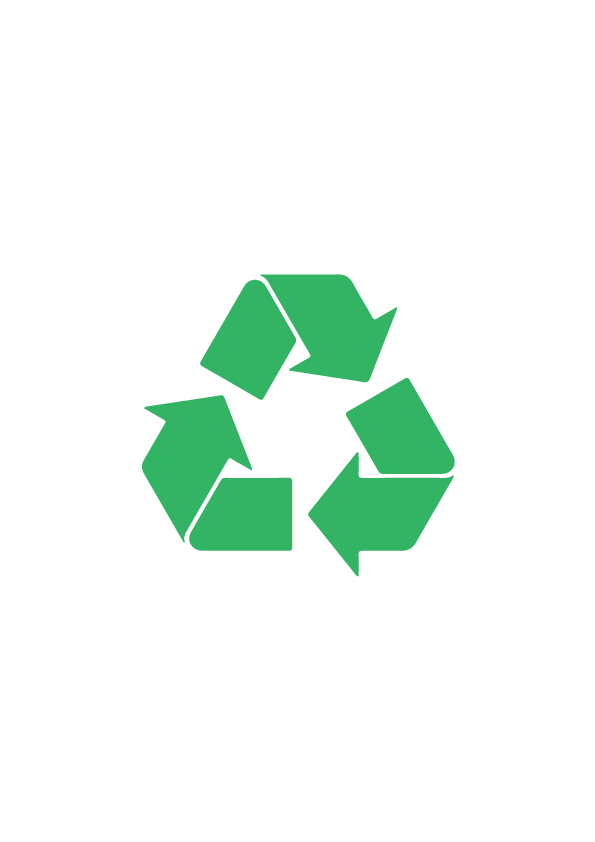
Discard in the packaging and paper bin for material recovery and recycling
The purpose of collecting discarded packaging in France is to recycle each of the packaging materials: plastic, cardboard, paper and metal.
1. The first step is to sort the various materials collected ad hoc in the “yellow bin” in a sorting centre: this sorting process is both mechanical (vibrating table, blower, magnet, etc.) and manual (quality control at the end of the chain).
2. The second step entails reprocessing each material from sorting, transforming it into a new raw material: recycled plastic, recycled cardboard or paper, recycled metal.
3. The third step is to incorporate these "recycled raw materials" into the manufacture of new products! This is how you get technical textiles are made from plastic bottles, or how new paper is created from recycled paper.
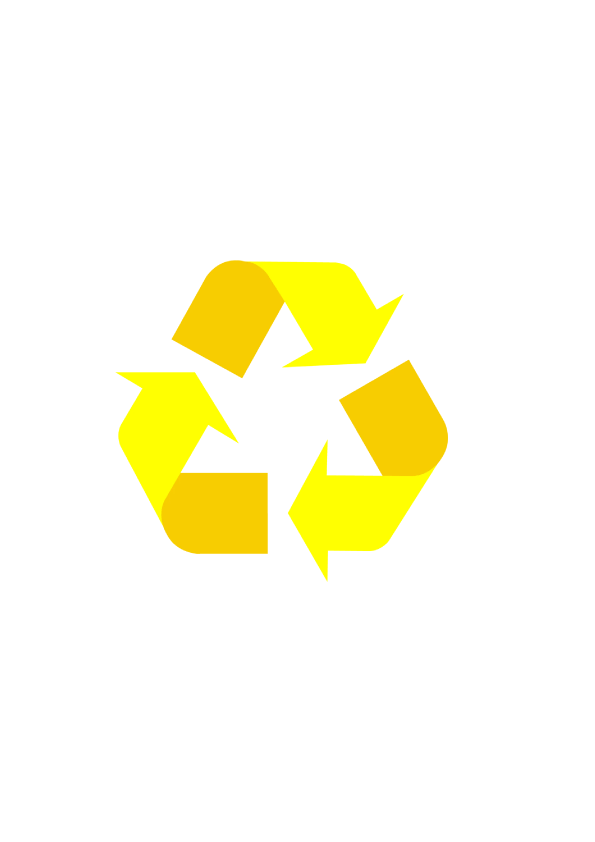
Discard in the paper tray, or in the packaging and paper tray for material recovery
Paper can be collected either mixed with packaging or separately, especially when it undergoes confidential destruction. In both cases, it is sent to a stationery store for recycling. It is then transformed into recycled office paper, paper towels, newsprint, etc.
Note: This paper recovery process can be applied no more than ten times. Beyond that, the cellulose fibres are too damaged and can no longer be used as a raw material.

Give to non-profit organisations for reuse
Biowaste is all food waste and other natural biodegradable waste. There are two key ways to treat this waste: anaerobic digestion and composting. These two techniques involve the breakdown of organic matter by microorganisms, the first in an environment without oxygen (anaerobic), the second with oxygen (aerobic).
- The anaerobic digestion process generates biogas, which can be purified into biomethane and used to produce energy (electricity, heat network, or fuel). The solid by-product of anaerobic digestion is called the digestate andis used to improve and fertilise the soil;
- The composting process generates compost, which is used directly to improve the properties of the soil.
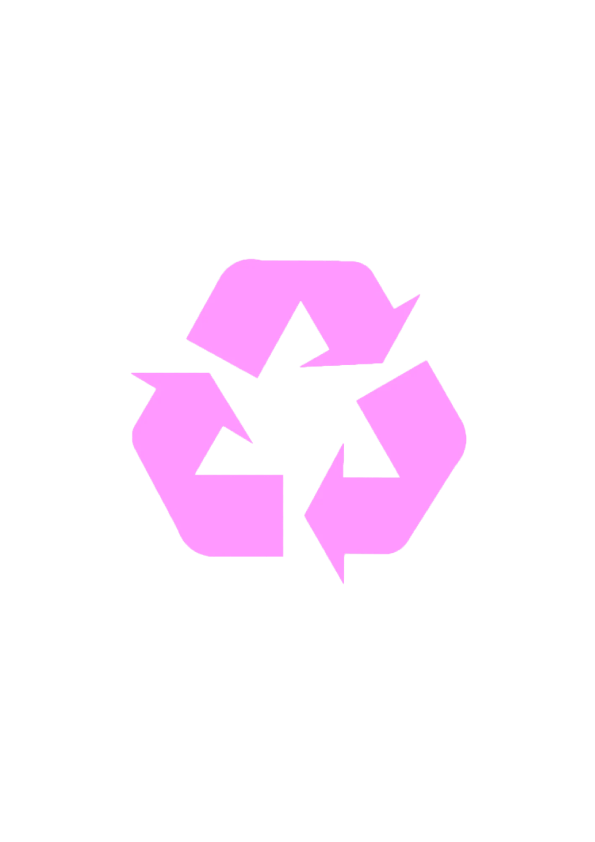
Deposit in textile drop-box for reuse and material recovery
Donating products that are not at end-of-life, such as sewing equipment, means they can be reused by the beneficiaries of various non-profit organisations involved in the project.
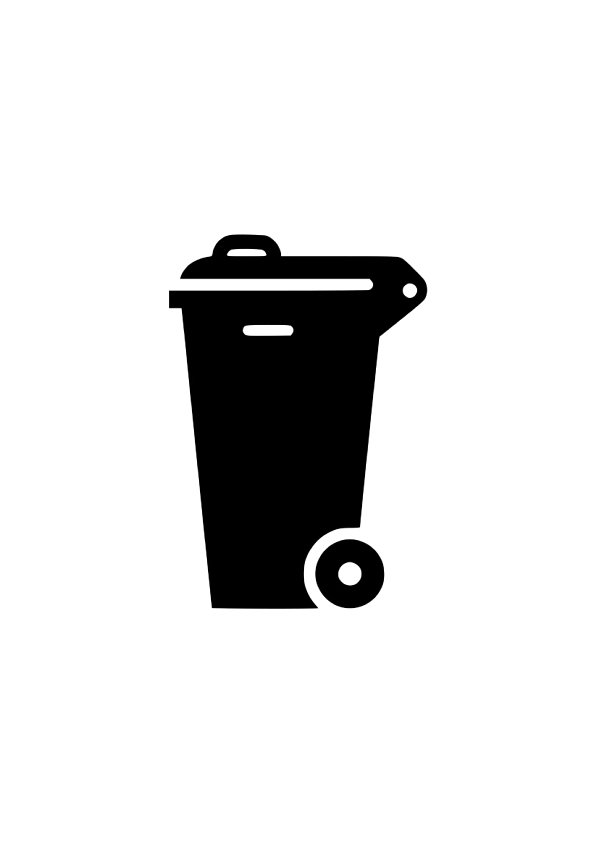
Discard in the residual waste bin
Depending on the area, waste discarded in the residual garbage bin will be either incinerated or stored (i.e., buried). These two processes are ways to recover the energy contained in the waste when their actual components are not reused.
- The heat from incineration can be used in heating networks or converted to electricity;
- In a storage facility, the buried waste will produce biogas which, once captured, can be used as natural gas or converted to electricity.


